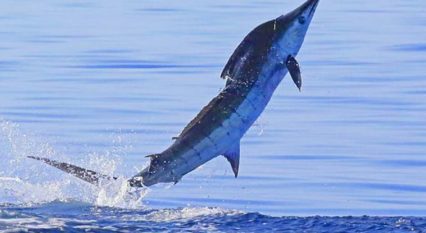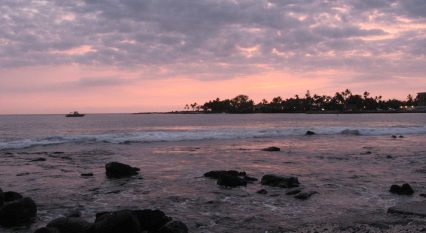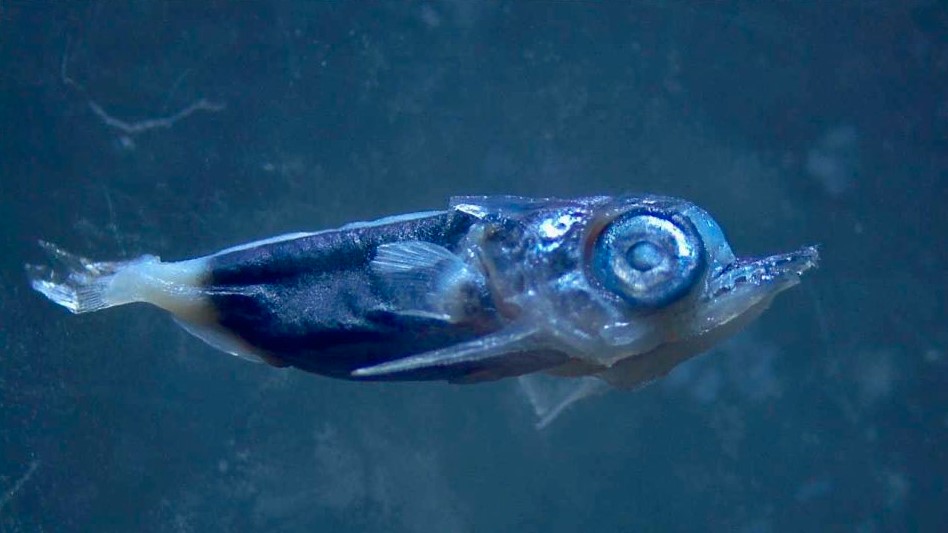
Kona Project
With nearly fifty years’ experience working to conserve large open-ocean predators, in 2021 Wild Oceans launched an exciting new effort to protect billfish in the Pacific Ocean and beyond. Beginning with an initial focus on the Hawaiian Islands, the Kona Project is a multi-year, comprehensive undertaking to improve our understanding of billfish nursery grounds and habitat utilization to champion better protections for billfish where they are most vulnerable.
The Kona Project has three interconnected components:
We will close key knowledge gaps in billfish science and apply that knowledge to reduce billfish mortality at critical points in their life cycle. Starting with identifying larval billfish habitat in the Pacific, the project has expanded to support a broader suite of science-based conservation priorities. Kona Project research has included modeling larval dispersal for identifying potential spawning grounds, analyzing thousands of previously collected yet undocumented larval samples, and conducting a comprehensive billfish research review to better understand early life stages of istiophorid species.
Our newest work supports bycatch prevention through a collaborative study with Woods Hole Oceanographic Institution that examines how and where striped marlin, blue marlin, and shortbill spearfish are most at risk of incidental capture by longline fleets. By investing in cutting-edge science—from computer simulations to new habitat models—we aim to equip fishery managers with the tools they need to protect billfish at every life stage. The Kona Project will continue to evolve as new research questions emerge, always grounded in our mission to conserve these iconic ocean predators through science-driven action.
Scroll down to learn more.
We will build a coalition to advance domestic striped marlin management measures that address the US relative impact on the overfished stock and to secure international support for a striped marlin rebuilding plan. The next steps will be to monitor the domestic and international rebuilding plans, identify measures to improve the plans, and extend similar protections as needed to other Pacific billfish stocks, such as blue marlin and spearfish. Information learned from our research efforts will be applied to improve domestic and international management of billfish. We will continue to seek opportunities to promote billfish conservation by fostering strong relationships and emphasizing the inclusion of the best available science.
Click here to learn more about Wild Oceans’ long history of billfish conservation advocacy.
We will produce a comprehensive web-based platform for information on billfish biology, stock status, and management. This will be used not only as a means of communicating with constituents, coalition partners, and fishery managers but also as a platform to share our research results linking the findings to additional management measures and further research that can be undertaken to protect billfish. Additionally, we will seek out novel opportunities to educate the billfish community and general public, ensuring billfish capture and maintain the attention they need.
Click here to learn more about billfish biology, stock status, and management, as well as Wild Ocean’s historic leadership with International Billfish Symposia.
Research Review
Wild Oceans recently supported a comprehensive review of larval istiophorid billfishes (marlin, sailfish, and spearfish) in the Pacific to better understand their early life history, ecological requirements, and the challenges of managing these highly migratory species. The effort involved an extensive synthesis of historical and contemporary literature, extraction of individual-level data, and meta-analyses to evaluate habitat suitability, connectivity, suction-feeding capacity, growth rates, and survival. Among several of the key findings, the review identifies possible spawning locations near and around seamounts, and explores the implications of genetic data suggesting the possibility of sweepstakes spawning—a hypothesis that may explain high variance in reproductive success. However, the report emphasizes that more rigorously designed studies are needed to test this idea. In addition to assessing the current state of the science, the review introduces new models of larval growth and survival, offering critical insights into larval resilience—an often-overlooked factor in fisheries management. Most importantly, the report outlines specific research gaps and recommends clear next steps to support science-based conservation and improve stock assessment approaches for these ecologically and economically vital species.
Interim reports and the full paper (coming soon!) can be accessed below. If you plan to cite or build on this research, or have ideas for future studies, we would love to hear from you.
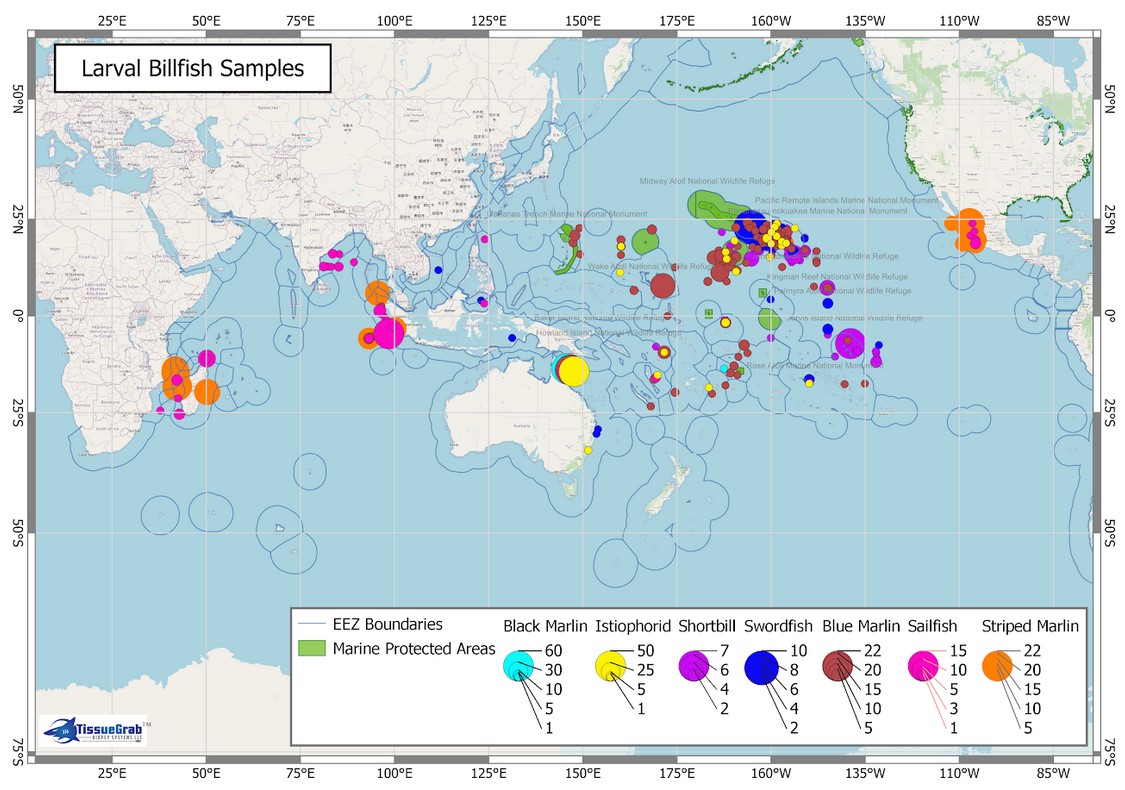
Interim Report #1
Download PDFInterim Report #2
Download PDFFull Report - Systematic Review and Meta-Analysis of Larval Billfish Distribution Patterns in the Pacific Ocean
Coming SoonLarval Movement Simulations
Building on the findings of its larval istiophorid review, Wild Oceans supported a companion study focused on reconstructing the movement and likely origin of larval billfishes collected off the Kona coast of Hawai‘i. By combining individual age estimates, passive drift simulations, and estimates of larval swimming capabilities from the review article, researchers modeled dispersal pathways and uncovered previously undocumented spawning areas and corridors for istiophorids in the region. This study delivers the first species-specific estimates of pelagic larval duration (PLD) for istiophorids in the Pacific and highlights the critical role of fine-scale oceanographic features—such as eddies and seamount-induced retention zones—in influencing larval survival and transport. These new insights deepen our understanding of spawning dynamics and habitat connectivity, and have immediate implications for the identification and protection of essential fish habitat in the region. Together with the larval review, this work forms a foundation for next-generation conservation strategies that recognize the importance of early life stages in shaping the future of billfish populations across the Pacific.
The full paper can be accessed below (coming soon!). If you plan to cite or build on this research, or have ideas for future studies, we would love to hear from you.
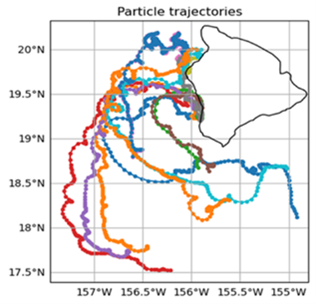
Interim Report #1
Download PDFInterim Report #2
Download PDFFull Report - Computer Simulations of Larval Billfish Movements in West Hawai’i
Coming SoonLarval Dataset
Wild Oceans is committed to advancing evidence-based science for the study, management, and sustainability of istiophorid (marlins, sailfish, spearfish). As part of this mission, Wild Oceans facilitated and funded a project to transcribe legacy larval survey records—collected more than two decades ago by NOAA research cruises in Hawai‘i—into standardized digital formats. A key goal of the effort was to publicly release data on larval istiophorids to enable new analyses of larval dynamics, connectivity, and spawning habitat use. By unlocking these historical datasets, the initiative promotes a deeper understanding of critical spawning areas and supports conservation strategies grounded in science for managing highly migratory species across the Pacific.
The full report and dataset can be downloaded below. For more detailed information about the dataset, visit NOAA’s National Centers for Environmental Information here. For publicity purposes and to help guide future work, we would love to hear how you plan to use the data in your research or conservation efforts.
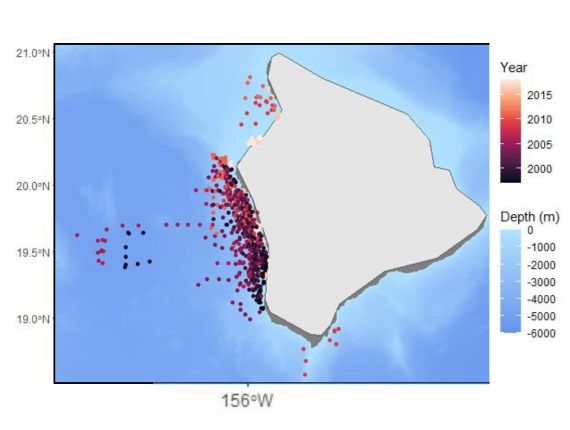
Kona Project – NOAA / UH Larval Billfish Analysis Report
Download PDFKona Project — NOAA / UH Larval Billfish Dataset
Download Excel SheetBycatch Modeling
The poor, unknown, and declining stock status of striped marlin, shortbill spearfish, and blue marlin, respectively, in the North Pacific highlight the need for management intervention strategies to reverse or prevent their decline. The continued vulnerability of all three species highlights that more refined knowledge on the occurrence and drivers of bycatch “hotspots” is critical to inform effective conservation of these iconic billfishes. To that end, Wild Oceans has partnered with Woods Hole Oceanographic Institution on a research collaborative to examine the dynamic bycatch susceptibility of striped marlin, shortbill spearfish, and blue marlin, including how that risk varies spatially, among seasons, and among years to the longline fleets of the North Pacific that all operate in functionally distinct ways.
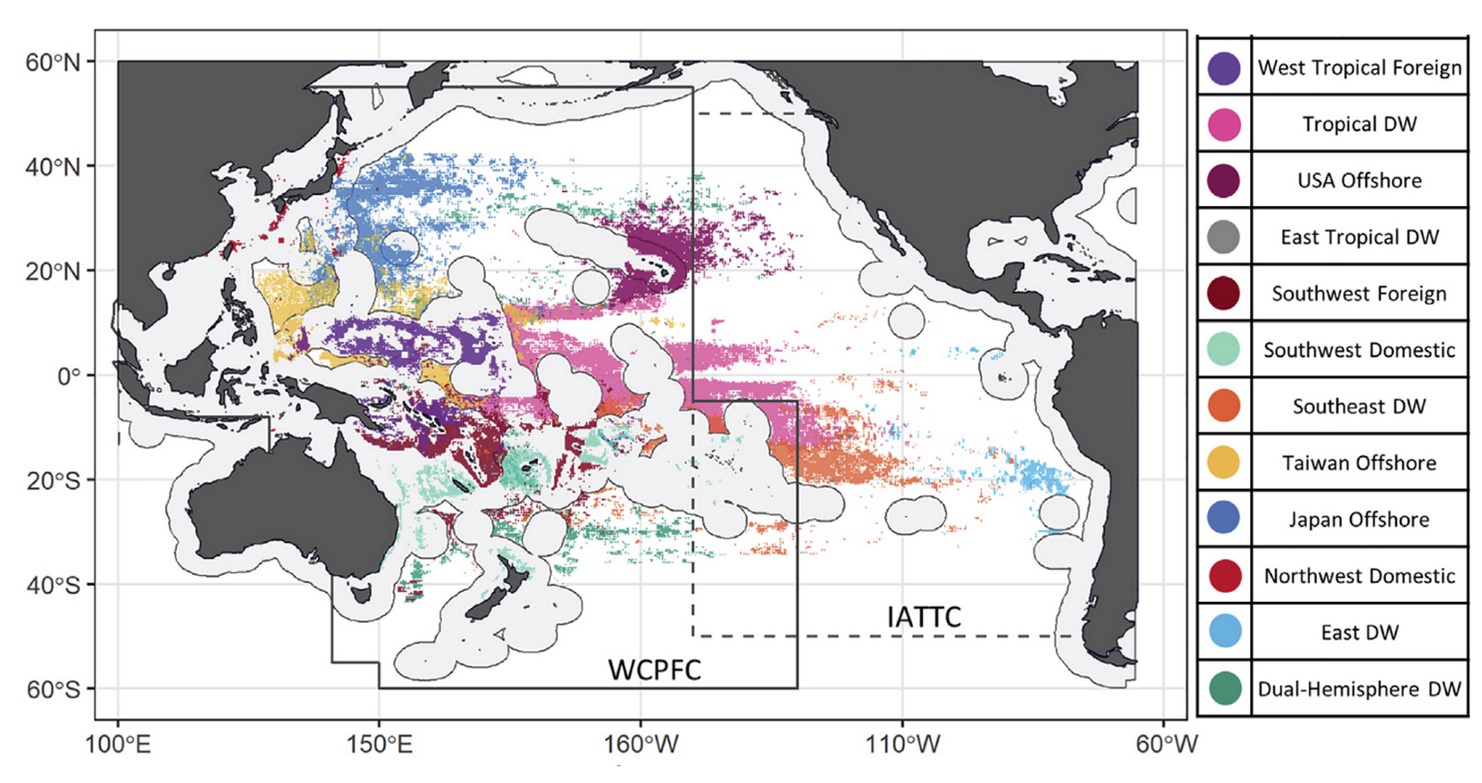
Interim Report #1
Coming SoonFull Report — Understanding Drivers of Billfish Bycatch to Inform Management in the North Pacific
Coming SoonLatest Blogs
Read Our Latest Insights
Subscribe to Wild Oceans Horizons
Share Your Email to Receive Our Newsletter


